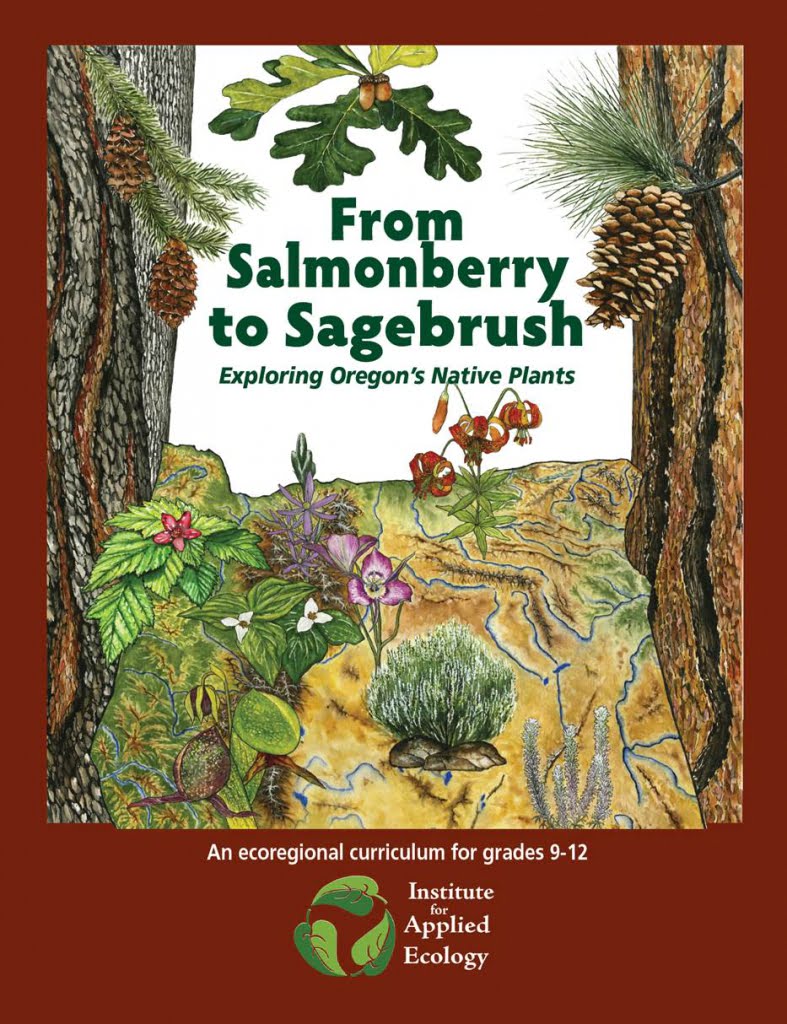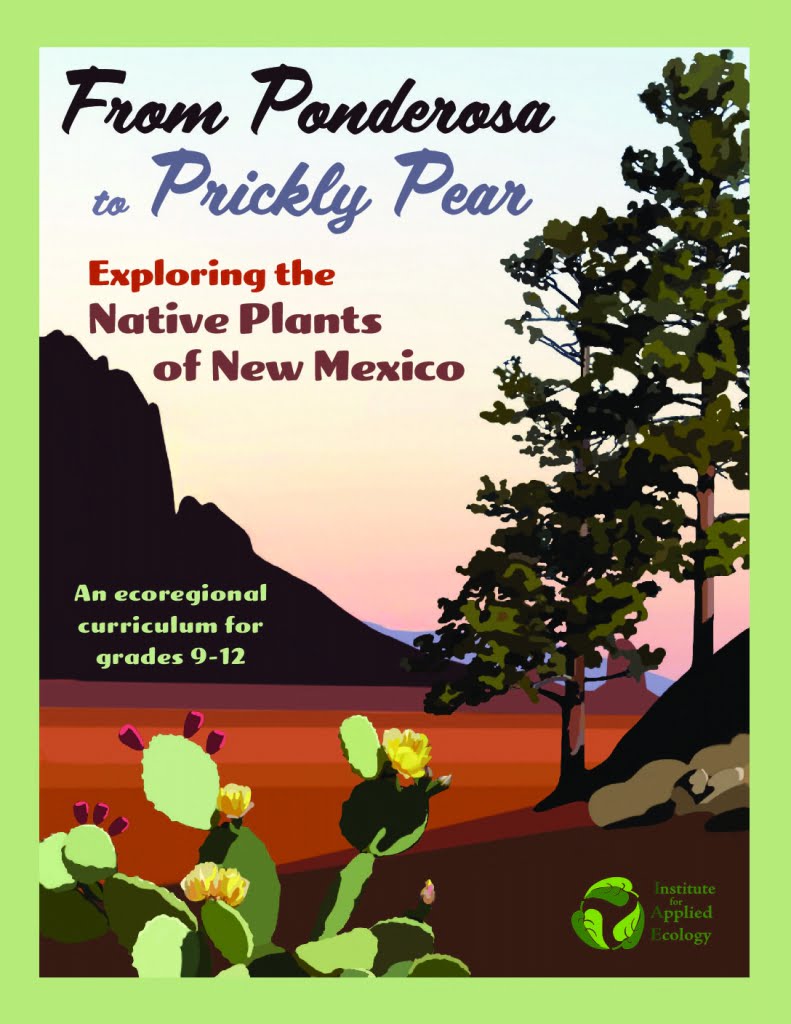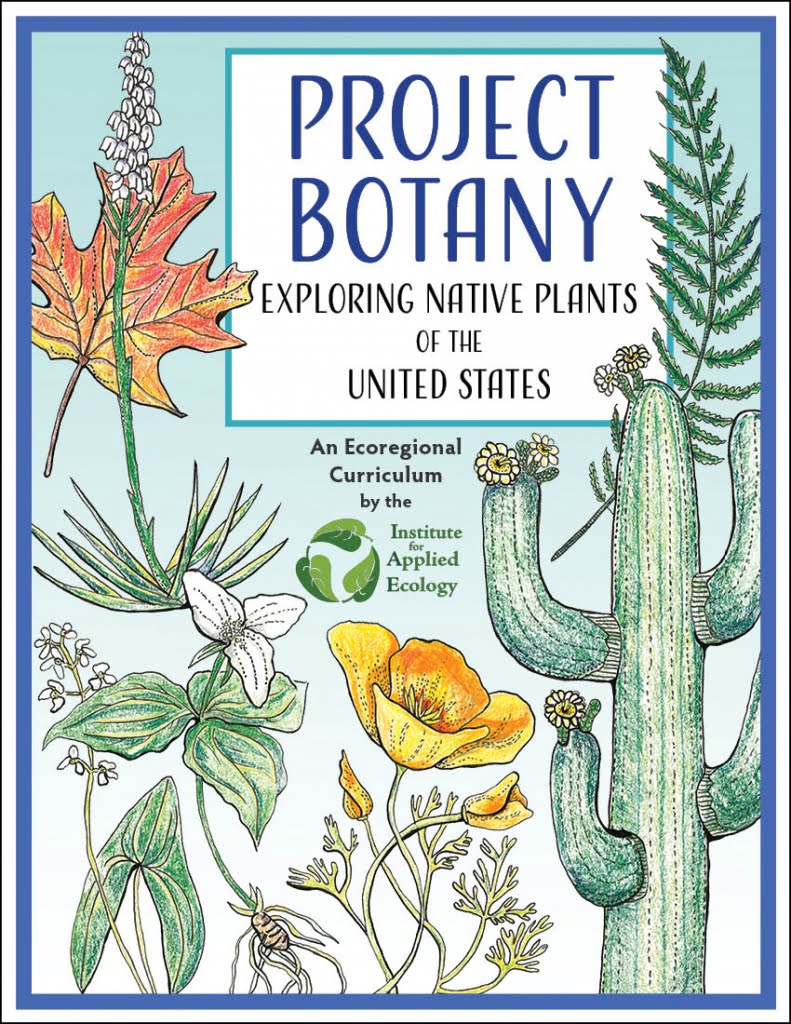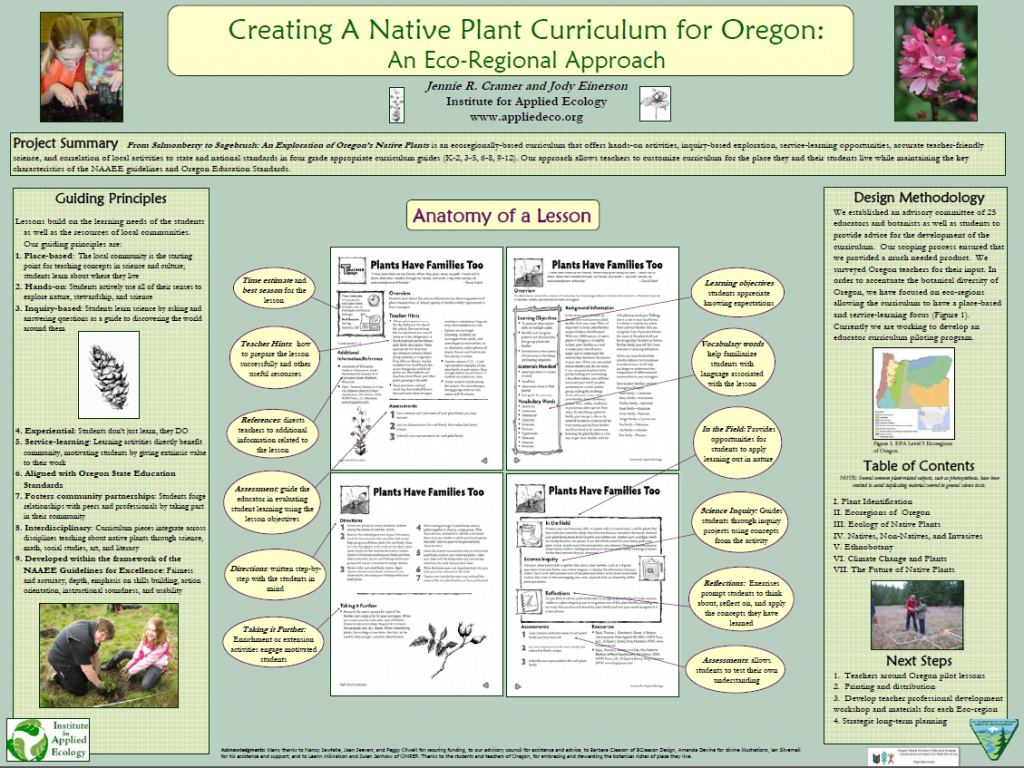Ecological Education Curriculum
These curricula are designed specifically for the native plants of each region, and uses the concept of ecoregions to build a sense of place.
Our curriculum series:
Connects students with their local eco-region
Introduces students to the wondrous biodiversity of flora and fauna
Regionally-based, high quality curricula for grades 9-12
Provides support for outdoor, in-school and/or at-home educators
Curriculum Guiding Principles
Lessons build on the learning needs of the students as well as the resources of local communities.
Place-based: The local community is the starting point for teaching concepts in science and culture; students learn about where they live
Hands-on: Students actively use all of their senses to explore nature, stewardship, and science
Inquiry-based: Students learn science by asking and answering questions as a guide to discovering the world around them
Experiential: Students don’t just learn, they DO
Service-learning: Learning activities directly benefit community, motivating students by giving extrinsic value to their work
Aligned with education standards
Fosters community partnerships: Students forge relationships with peers and professionals by taking part in their community
Interdisciplinary: Curriculum pieces integrate across disciplines teaching about native plants through science, math, social studies, art, and literacy
Developed within the framework of the North American Association of Environmental Educators (NAAEE) Guidelines for Excellence: Fairness and accuracy, depth, emphasis on skills building, action orientation, instructional soundness, and usability
These lessons encourage students to study what is outside their door and to become informed and active citizens in local natural area issues and decisions in their future. All lessons start with a “Teacher Page,” which gives background information and essential skills. “Student pages,” assist participants in developing their literacy proficiency and becoming active in service-learning and community projects.







